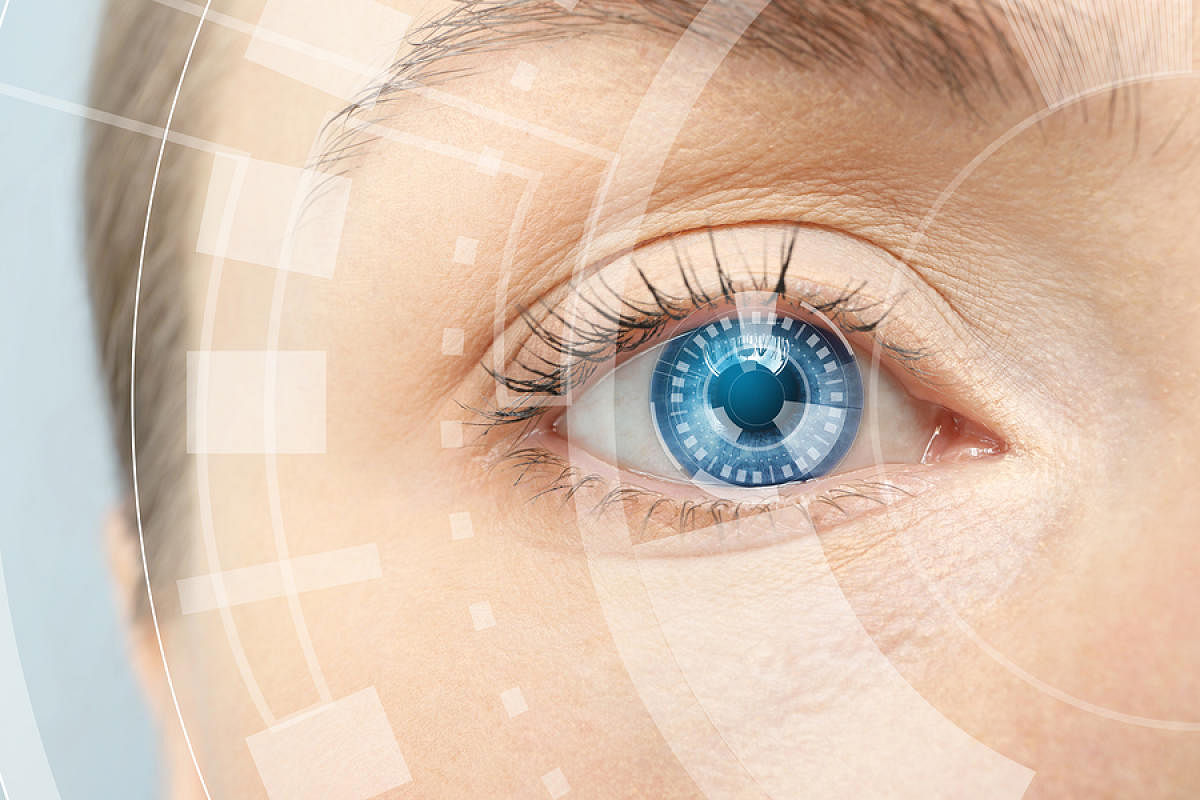Eyes are our windows to the world and the gift of sight is very precious. Sadly, visual impairment remains a harsh reality for millions of people due to causes like cataract, refractive error, glaucoma, age-related macular degeneration and diabetic retinopathy. Another prominent cause is corneal blindness caused by the opacity of the cornea, which in turn leads to blurring and vision loss.
Cornea is the clear, transparent layer in front of the black portion of the eye. It is the main focusing surface, which converges light rays as they enter the eye to focus on the retina. It is, in fact, the most important part of the optical apparatus of the eye. Loss of its transparency results in loss of vision. The reasons can be many, including infection, injury, malnutrition or congenital/hereditary causes.
Till a few decades ago, people suffering from corneal blindness had no recourse. But thanks to advancements in medical science, their vision can now be restored with corneal transplantation or Keratoplasty, which is the term used for surgical replacement of the cornea. However, this procedure is entirely dependent on voluntary eye donation when a person dies.
India is home to half of the world’s blind population. Out of the 15 million blind people in the country, 6.8 million are the victims of corneal blindness, a number expected to rise to 10.6 million by 2020.
As many as 3 million out of these who battle total vision impairment can benefit from a corneal transplant, according to an estimate.
In this, the affected cornea is removed and replaced with the donor cornea. It is important to harvest the cornea within six hours after the death of the donor. Once the eyeball is procured, it is transferred to an eye bank.
Insufficient donors
The first corneal transplant was performed in India in 1948. Even after so many decades of promoting eye donations, the current supply of cornea is sufficient to meet only 10% of the total demand.
India, a country of 1.2 billion people, saw only 3,000 eye donations in 2015-2016. Lack of awareness and superstitions are the main hindrances to eye donation. Inadequate infrastructure for extraction and storage of cornea is another.
Many people believe the soul of a dead person whose eyes have been removed will not attain salvation. So, medical personnel harvesting the eyes take care not to change the facial appearance of the deceased. A plastic prosthetic eye is placed in the socket and the eyelids are gently closed to give the face an unaltered appearance.
Eye donation from one person (both eyes) can give the gift of vision to four patients. Anybody can pledge to donate eyes after death, irrespective of age or gender.
However, the next of kin has to authorise eye donation of the deceased, even if the deceased had pledged his or her eyes for donation.
Also, the next of kin can permit donation of eyes of the deceased even if he or she did not donate eyes before death. People suffering from diabetes, hypertension, asthma and those without communicable diseases can also donate eyes, as also people blind from retinal or optic nerve diseases.
People suffering from AIDS, Hepatitis B or C, rabies, septicaemia, acute leukaemia, tetanus, cholera, meningitis or encephalitis cannot donate eyes. Those with frank ocular infection and previous refractive surgery cannot donate either. Donation is also not possible if death was caused by drowning or due to unknown causes.
All donated eyes are used in some way and proper record maintained. While healthy eyes are used to provide vision to the blind, eyes that are not medically suitable for corneal transplant are used for medical research and education. The form for eye donation is available at all major hospitals and eye banks. It can also be accessed online.
Today, an army of biomedical engineers and clinician scientists around the globe are striving to develop artificial corneas that can be transplanted, but this technology is still in the research stage. Till it becomes a reality, the only hope for blind patients is eye donation. If indeed, more people donate eyes in India, blindness can soon be a thing of the past.
(The writer is Senior Consultant – Cornea and Refractive Surgery, with Dr. Agarwal’s Eye Hospital, Bengaluru)
Deccan Herald is on WhatsApp Channels| Join now for Breaking News & Editor's Picks
